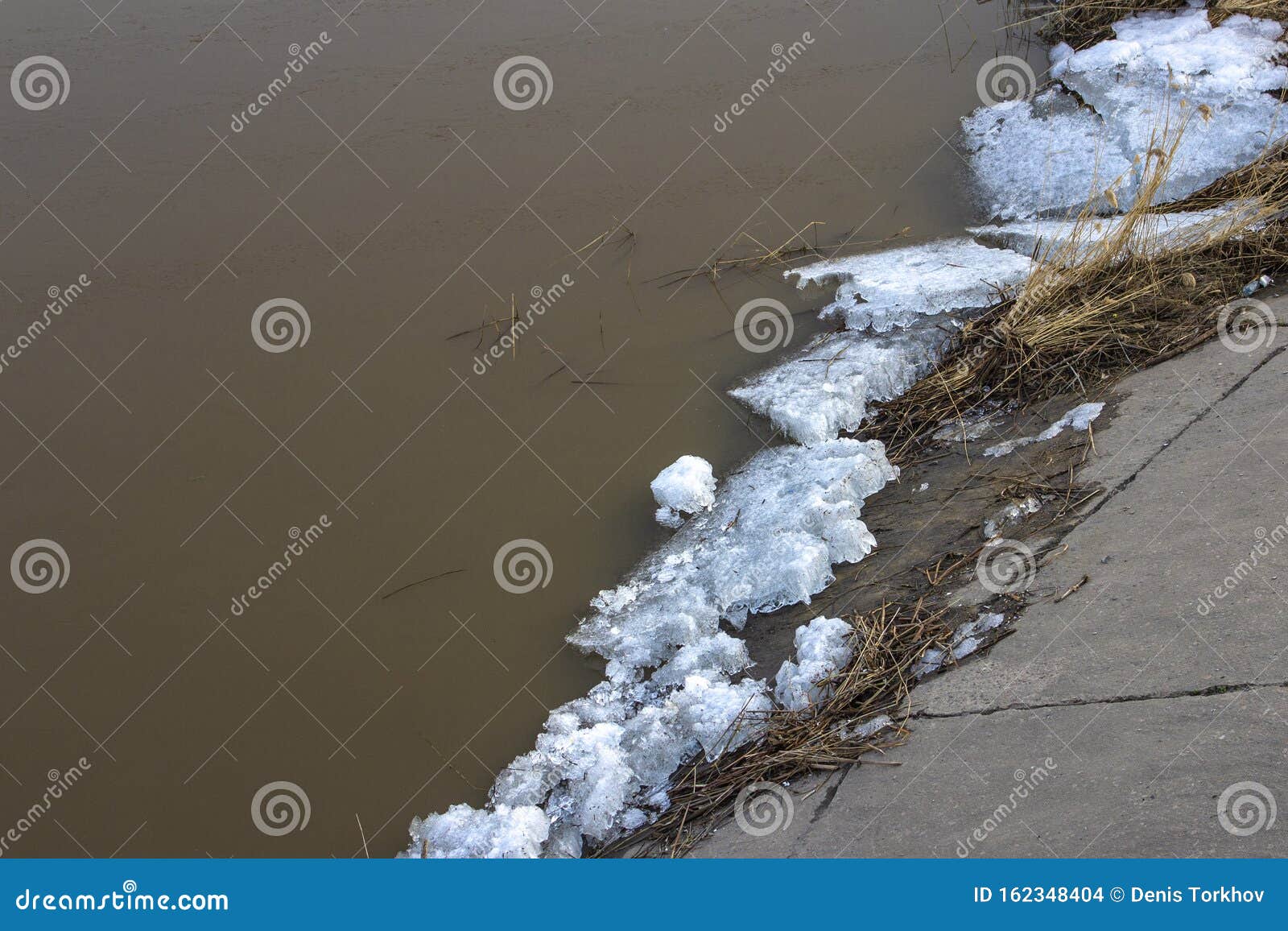
Typically, a low-water bridge that accommodates a high daily volume of vehicular traffic will be underwater only a few days per decade.įurther information on a low water crossing bridge in Japan: Konnyaku bridge Navigation Ī low-water bridge renders the waterway non- navigable. There are thousands of such structures in the arid climates of the western United States some of them accommodate four-lane city streets or highways. spring runoff or flash floods), water will flow over the top of the crossing, as the culverts are not large enough to carry these flood-type runoff events.Ī more elaborate low-water bridge will usually be an engineered concrete structure. The size of the culverts (often concrete pipes) is usually selected to allow the water to flow below the roadway and provide a dry crossing surface for most of the year. To cross somewhat deeper waterways, a type of low water crossing called a vented ford can be constructed with culverts. It consists of an improved surface of gravel, gravel-filled geotextile grid, paving blocks, or concrete slabs positioned to match the slope and elevation of the adjacent waterway and floodplain.

This type of low water crossing is used mainly for shallow waterways or dry streambeds. The simplest type of low water crossing is called an unvented ford or drift. In some countries the term “low-water crossing” implies that the crossing is usually dry, while “ford” implies that the crossing is usually wet. A ford permits vehicular traffic to cross a waterway with wet wheels. The low-water crossing was developed from the traditional ford. Low-water crossings can be dangerous when flooded. This approach is cheaper than building a bridge to raise the level of the road above the highest flood stage of a river, particularly in developing countries or in semi-arid areas with rare high-volume rain.


Under high-flow conditions, water runs over the roadway and precludes vehicular traffic. Shared pedestrian/cycle way over the Yass River in Yass (person for scale)Ī low-water crossing (also known as an Irish bridge or Irish Crossing, causeway in Australia, low-level crossing or low-water bridge) provides a bridge when water flow is low.


 0 kommentar(er)
0 kommentar(er)
